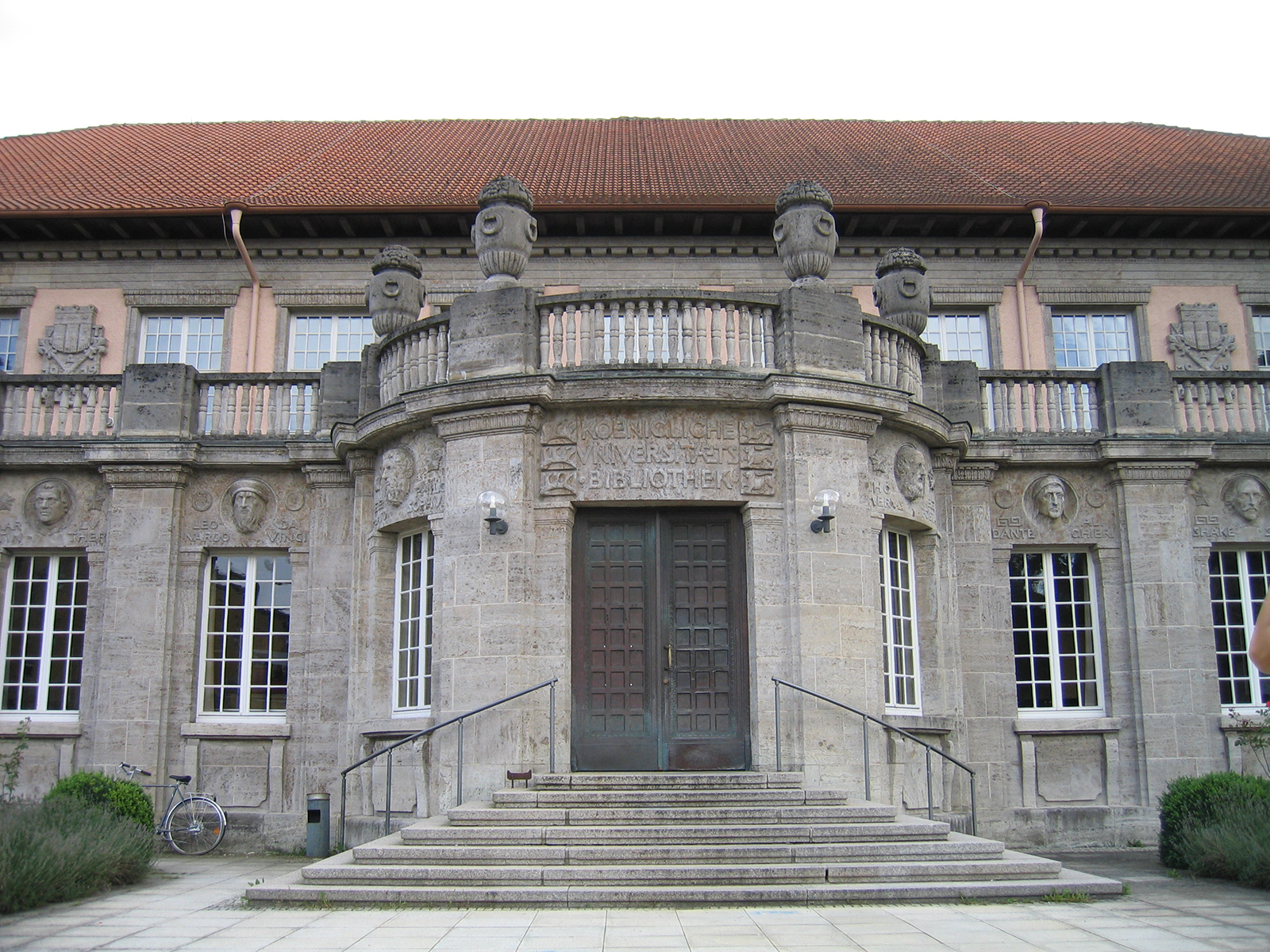University of Tübingen: New starting point for Alzheimer’s therapies found
In the blood vessels of the brain of Alzheimer’s patients, the protein Medin is also deposited together with the protein amyloid-β. Researchers at the German Center for Neurodegenerative Diseases (DZNE) discovered this so-called co-aggregation. They are now publishing their observations in the renowned journal Nature. “Although Medin has been known for around 20 years, its influence on diseases has been underestimated so far. We were able to show that pathological changes in the blood vessels of Alzheimer’s patients are significantly increased by Medin,” says study leader Dr. Jonas Neher from the Tübingen site of the DZNE. The Hertie Institute for Clinical Brain Research in Tübingen, the University of Tübingen and several international institutions and cooperation partners were also involved in the long-term study.
Medin belongs to the group of amyloids. Of these proteins, amyloid-β is best known because it clumps together in the brains of Alzheimer’s patients. These aggregates are then deposited as so-called plaques directly in the brain tissue, but also in its blood vessels, thereby damaging the nerve cells and blood vessels. Therefore, while many studies have dealt with amyloid-β, Medin has not been the focus of interest so far. “There was little evidence of a pathology, i.e. of a clinically conspicuous finding in connection with Medin – and that is often the prerequisite for a more detailed study of an amyloid,” explains Jonas Neher.
However, Medin is actually found in the blood vessels of almost everyone over the age of 50, making it the most common amyloid known. Jonas Neher and his team originally found that Medin even develops in aging mice and reported on this discovery two years ago in the scientific journal PNAS. The older they get, the more Medin accumulates in the blood vessels of the brains of mice – that was the finding at the time. And when the brain becomes active and requires more blood supply, vessels with Medin deposits expand more slowly than those without Medin. However, this ability to expand is important in order to optimally supply the brain with oxygen and nutrients.
For their most recent results, the researchers built on this foundation and looked specifically at Alzheimer’s disease. Using Alzheimer’s mouse models, they were able to show that Medin accumulates even more in the blood vessels of the brain if amyloid-β deposits are also present there. Corresponding findings could then also be demonstrated in the brain tissue of organ donors with Alzheimer’s dementia. However, if mice were genetically modified in such a way that Medin could not be formed, there was significantly less amyloid-β deposits and, as a result, significantly less damage to the blood vessels.
“There are only a handful of working groups worldwide that work on Medin at all,” says Jonas Neher. A previous study from the USA recently described that the level of medicine in Alzheimer’s patients increases. However, it remains unclear whether this is merely the consequence of the disease or whether it is one of the causes. “We have now been able to show in many experiments that Medin promotes vascular pathology in Alzheimer’s models,” says Neher. So the Medin deposits are actually a cause of damage to blood vessels. “And that is an indication that it is one of the causes of the disease,” says Neher.
In their studies, the researchers stained tissue sections from both mice and Alzheimer’s patients in such a way that specific proteins became visible. This enabled them to show that Medin and amyloid-β are deposited together in the blood vessels of the brain – co-localization is the technical term for this. With further experiments, they were able to prove in a next step that these two amyloids also co-aggregate – i.e. form mixed accumulations. “Amazingly, Medin interacts directly with amyloid-β and promotes its aggregation – that was still completely unknown,” Jonas Neher summarizes the results.
It is precisely from this that the researchers draw hope for the development of a possible treatment. “Medin could be a therapeutic target to prevent vascular damage and cognitive decline resulting from amyloid accumulation in the blood vessels of the brain,” they conclude. It is undisputed among experts that the causes of Alzheimer’s disease are not only the aggregates of amyloid-β in the brain tissue, but also vascular changes – i.e. reduced function or damage to blood vessels. So if you not only target the plaques in a treatment, but also the affected blood vessels, this could help the patient.
In a next step, it must now be clarified whether Medin aggregates that have already formed can be removed therapeutically and whether this intervention actually has an effect on memory performance. The scientists first want to test this on mouse models because these reflect the pathological changes in Alzheimer’s patients very well.

